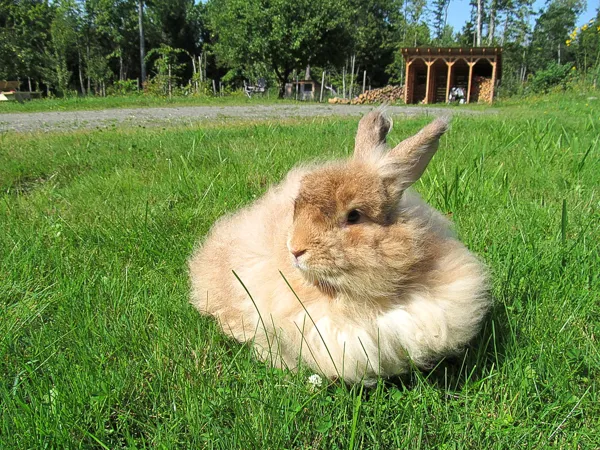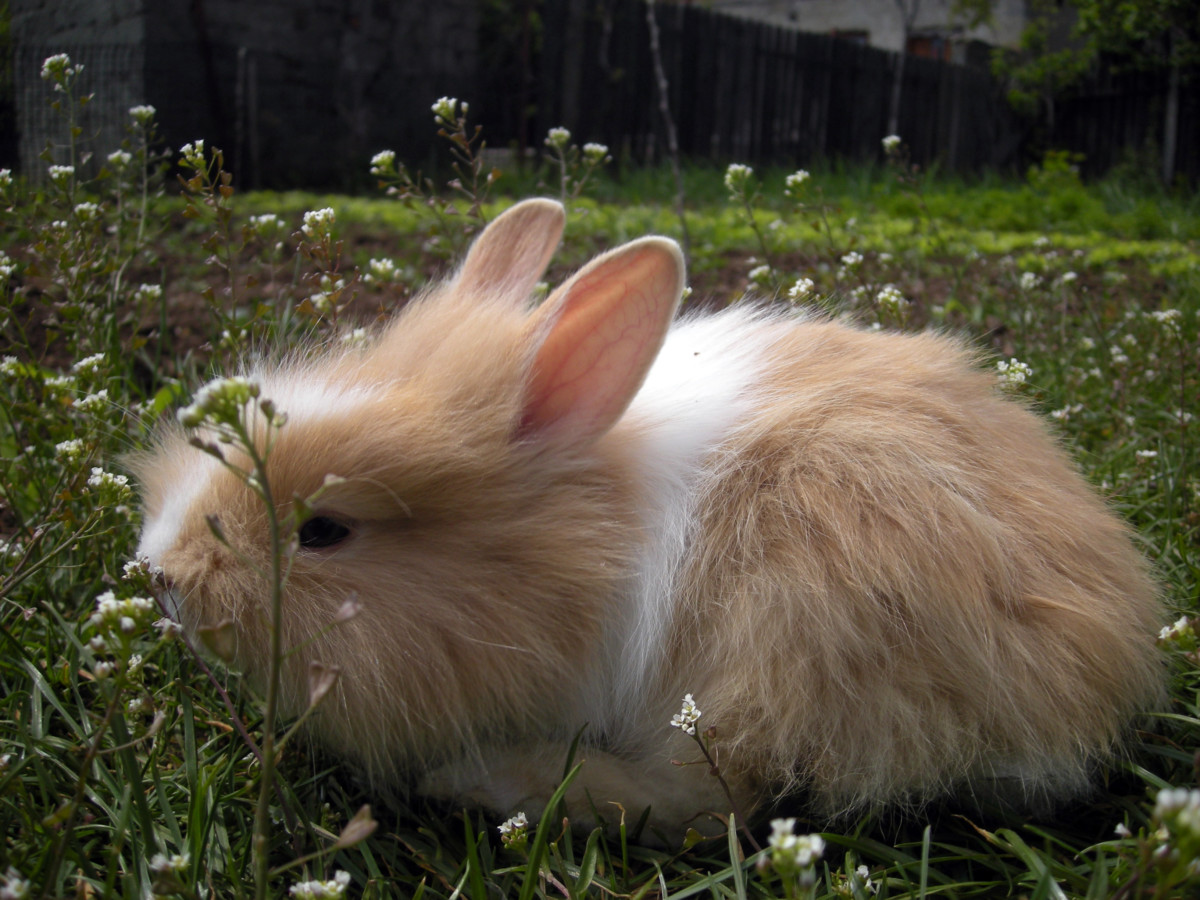
Rabbits are some of the most appealing animals. Their looks and size make them the ideal pet of choice for many people. However, there are different breeds with unique and distinct characteristics. The most well-known are the Angora rabbit, the Dutch Dwarf rabbit, the Rex rabbit and the Flemish Giant rabbit.
Origin of the Angora Rabbit
The Angora rabbit is an ancient breed ancestral to the European rabbit (Oryctolagus cuniculus). The first evidence of captive breeding dates back to the 18th century, but it is still unclear whether the strain developed at that time.
Its fur was rather showy and helpful for the textile industry, so it quickly became popular and was already present in France and England by 1723.
Until then, most breeders had used inefficient methods to produce the genus for commercial use. This had led to a decline in the quality of the material and hindered the development of the rabbit fur industry. However, genetic improvement of the breed began in the 1930s with the availability of pedigree applications.
This occurred almost simultaneously in the various regions where the breed is known. All breeders tried to produce the same type of bloodline with better skin quality. Thus, in 1965, France and Germany each created their own breed and became the largest producers of rabbit fur at the time.
In fact, the struggle to produce a fur-bearing breed resulted in several angora rabbit strains. The best known, however, are those of France and Germany.
Characteristics of the Angora rabbit
The Angora rabbit is 35 cm long and weighs 2-6 kg. Their most distinctive feature is their voluminous fur. This is due to a recessive gene mutation that prolongs the hair follicle’s active period. As a result, longer hair is produced.
As already mentioned, the Angora rabbit genus is quite fragmented due to the exploitation of its fur. As a result, variations with slightly different characteristics can now be seen.
Recommended Living Environment
Angora rabbits need a well ventilated, well-spaced living environment in which they can grow without problems. Wire cages are commonly used, but enclosures can be made to suit the animal.
The minimum recommended dimensions for a cage or shed for this breed are 50 cm wide, 70 cm high, and 50 cm long. Of course, there is nothing better than a large living room beyond these dimensions.
In addition, one must consider the possibility of scratching the rabbit’s feet on the cage floor. To prevent this, you can place wood pellets or other absorbent substrate on a flat bottom.
Even with ample living space, the rabbit should have a play area where it can run freely and be exposed to plants and trees. Angora rabbits are usually recommended to spend more time outside than in their cages.
Breed Specific Behavior
Like all rabbits, the Angora breed is very gentle, peaceful, and sociable. With proper care and socialization, they can have a wonderful time with their families. They can also develop a deep relationship with their owners, which requires constant contact.
Angora rabbits are very affectionate, but it is important to note that they also need privacy. Therefore, it is best to avoid harassing or over-handling him, as this may cause him stress. He is usually gentle, but under stress or poor husbandry conditions, he may act aggressively and injure his owner.

Angora Rabbit Diet
Angora rabbits’ diet is herbivorous and involves forage, fruit, vegetables and commercial feed. Contrary to popular belief, a healthy diet must be varied, so the daily diet should consist of the following items:
- Hay (forage): 70
- Fresh vegetables: 20
- Commercial feed: 10
- Fruits (snacks): 1-2 times a week.
Feed varies depending on the rabbit’s stage of development. Adult rabbits usually eat twice daily, while young rabbits may need to eat thrice daily. In any case, water must be available at all times and must be changed daily, even if not consumed.





